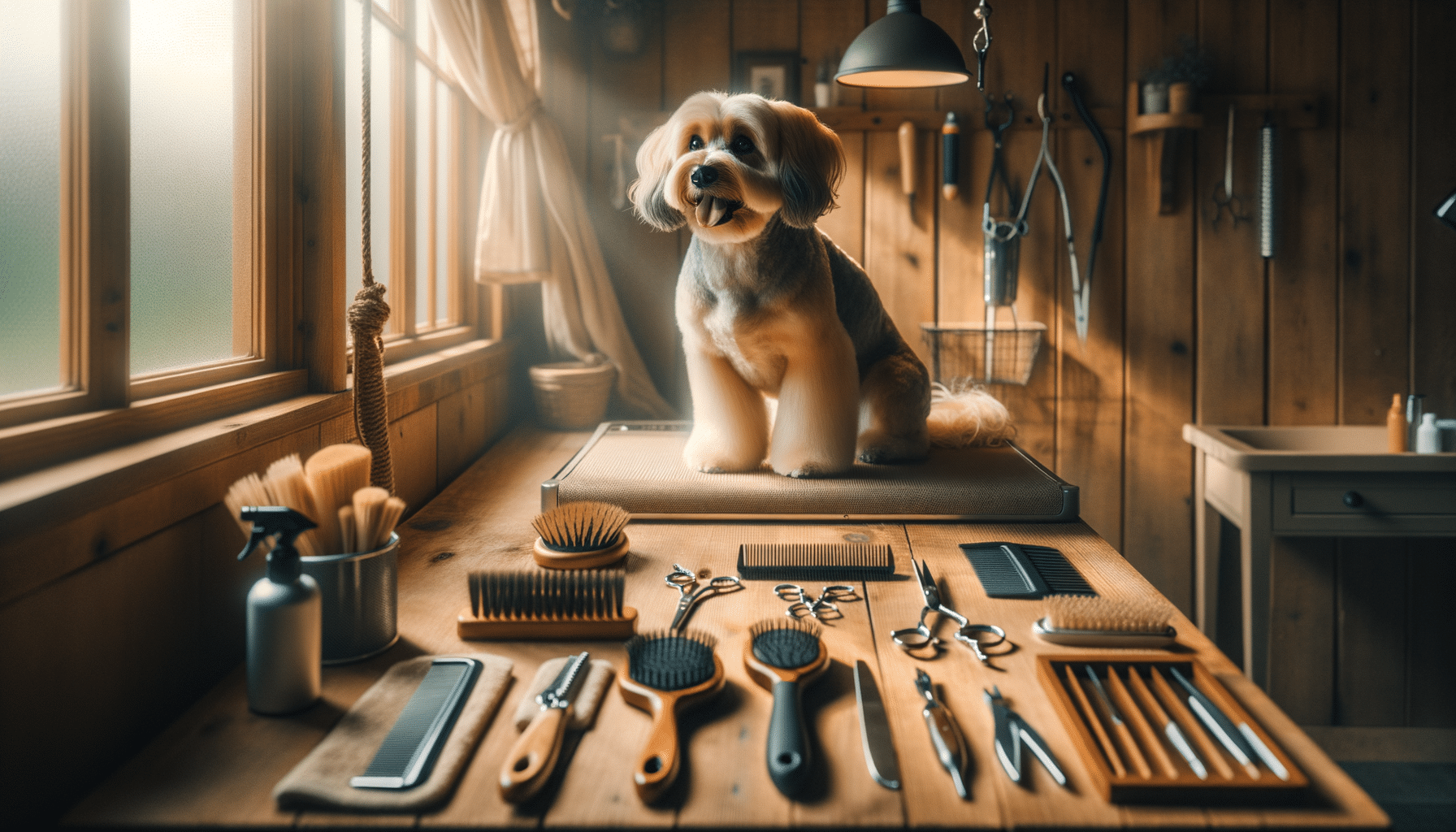
Comparison of pet grooming results
The Importance of Pet Grooming
Pet grooming is an essential aspect of pet care that goes beyond mere aesthetics. Regular grooming helps maintain the health and well-being of pets, ensuring they are comfortable and happy. Grooming routines can vary greatly depending on the type of pet, its breed, fur type, and lifestyle. For instance, long-haired breeds require more frequent grooming sessions to prevent matting and tangling, while short-haired breeds may need less maintenance.
One of the primary benefits of grooming is the early detection of health issues. During grooming sessions, pet owners or professional groomers can spot abnormalities such as skin infections, lumps, or parasites that might otherwise go unnoticed. This proactive approach can lead to early intervention and treatment, significantly improving the pet’s health outcomes.
Additionally, grooming sessions can be a bonding experience between pets and their owners. The time spent together during brushing, bathing, or nail clipping can enhance the relationship, creating a sense of trust and comfort. For many pets, especially those that are anxious or nervous, this routine can become a calming ritual.
- Improves pet hygiene and health
- Prevents skin issues and infections
- Enhances bonding between pet and owner
Professional Grooming vs. At-Home Grooming
When it comes to pet grooming, owners often face the choice between professional grooming services and at-home grooming. Each option has its own set of advantages and considerations. Professional grooming services offer expertise and access to specialized equipment that may not be available to the average pet owner. Groomers are trained to handle pets of various temperaments and sizes, ensuring a safe and effective grooming experience.
On the other hand, at-home grooming allows for a more personalized approach. Owners can tailor the grooming routine to their pet’s specific needs and preferences. It also offers convenience and cost savings, as regular trips to the groomer can be expensive over time. However, at-home grooming requires a certain level of skill and patience, particularly for pets that are not accustomed to being handled.
For some pet owners, a combination of both approaches works best. Regular at-home grooming can be supplemented with occasional professional grooming sessions to ensure a comprehensive care routine. This hybrid approach allows owners to enjoy the cost benefits of at-home grooming while still taking advantage of the expertise offered by professionals.
- Professional grooming offers expertise and equipment
- At-home grooming is personalized and cost-effective
- A hybrid approach can offer the best of both worlds
Tools and Techniques in Pet Grooming
The world of pet grooming encompasses a wide array of tools and techniques, each suited to different types of pets and grooming needs. Common tools include brushes, combs, nail clippers, and grooming scissors. The choice of tool largely depends on the pet’s coat type. For example, slicker brushes are excellent for removing loose fur and preventing matting in long-haired pets, while bristle brushes work well for short-haired breeds.
Bathing is another crucial component of grooming, requiring pet-specific shampoos and conditioners to maintain coat health without causing irritation. The frequency of baths depends on the pet’s lifestyle and coat type. For instance, active dogs that spend a lot of time outdoors may need more frequent baths compared to indoor cats.
In addition to basic grooming, techniques such as hand stripping, clipping, and scissoring are used to achieve specific looks or to maintain breed standards. These techniques require a high level of skill and are typically performed by professional groomers. Understanding the needs of each pet and the appropriate grooming techniques is key to achieving the desired results.
- Choose grooming tools based on coat type
- Use pet-specific shampoos and conditioners
- Advanced techniques require professional skill
Grooming and Pet Behavior
Grooming can have a significant impact on a pet’s behavior and emotional well-being. Regular grooming sessions can help reduce stress and anxiety in pets by providing a structured routine and a sense of security. For pets that are nervous about grooming, gradual exposure and positive reinforcement can make the process more pleasant.
Behavioral issues such as aggression or fear during grooming can often be addressed with patience and training. Understanding the root cause of these behaviors is essential for developing a successful grooming routine. For example, a pet that is fearful of nail clipping may benefit from desensitization exercises, where the owner gradually introduces the clippers in a non-threatening way.
Professional groomers are often skilled in handling behavioral challenges and can offer valuable advice to pet owners facing these issues. By working together, groomers and owners can create a positive grooming experience that contributes to the pet’s overall happiness and well-being.
- Regular grooming reduces stress and anxiety
- Address behavioral issues with patience and training
- Professional groomers can offer valuable advice
Conclusion: The Impact of Grooming on Pet Health and Happiness
In conclusion, pet grooming is a vital aspect of pet care that significantly impacts a pet’s health and happiness. Whether conducted at home or by professionals, grooming routines should be tailored to each pet’s specific needs. The benefits of grooming extend beyond physical appearance, encompassing health monitoring, behavioral improvement, and enhanced bonding between pets and their owners.
By investing time and effort into regular grooming, pet owners can ensure their furry companions lead healthy, comfortable, and joyful lives. The combination of professional expertise and personalized care can create a grooming routine that supports a pet’s overall well-being.
- Grooming is critical for pet health and happiness
- Tailor routines to the pet’s specific needs
- Combining professional and at-home care is beneficial


